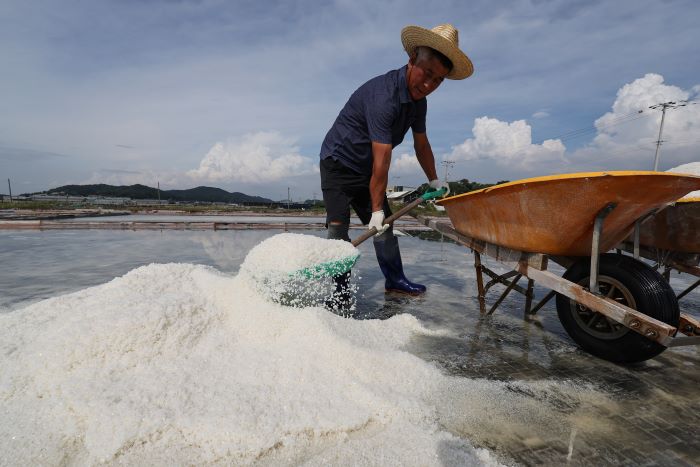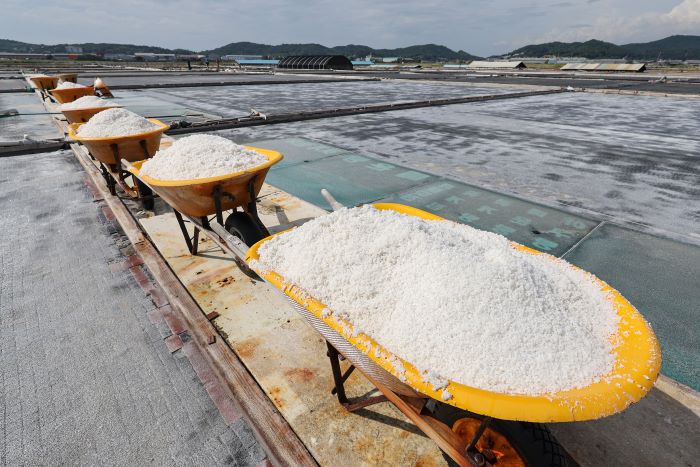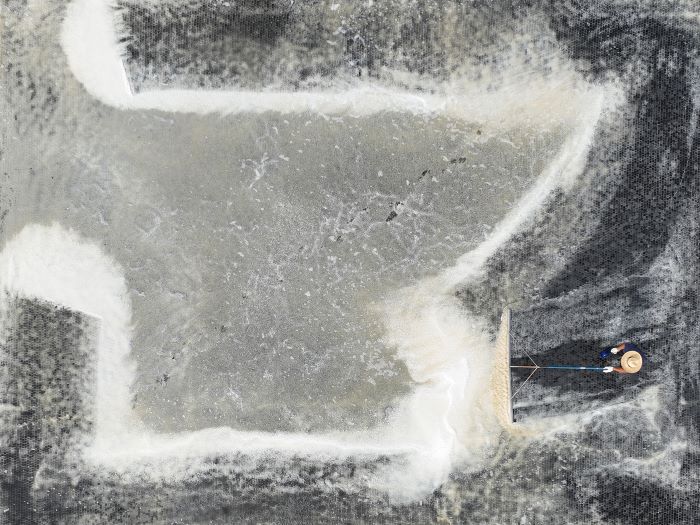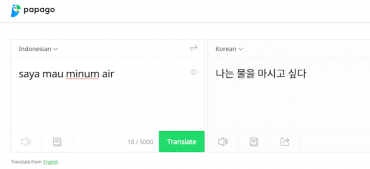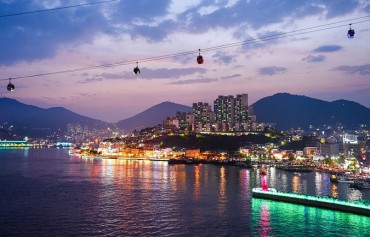HWANSEONG, Aug. 21 (Korea Bizwire) — Gongsaeng Salt Field, situated in Hwaseong-si, Gyeonggi Province, and renowned as one of South Korea’s prominent salt fields, has captured the attention of media circles as of late. A salt field is essentially an expanse where seawater is gathered and subjected to evaporation, resulting in the creation of salt.
Presently, the fate of these natural salt fields is under intense scrutiny, given that the Japanese government is poised to commence the discharge of contaminated water from the Fukushima nuclear plant later this month.
In South Korea, the Gongsaeng salt flats in Hwaseong, hold a place of distinction, alongside the salt flats in Shinan, Jeollanam-do. The historical significance of the Gongsaeng salt pans is noteworthy; they came into existence when displaced residents from North Korea’s Hwanghae Province, forced to flee during the tumultuous Korean War, congregated to construct salt pans and initiate the production of sea salt.
The process of crafting ‘sea salt’ (cheonil salt in Korean) involves the strategic opening of the sluice gates of the salt ponds on the very first day of the lunar month, when the seawater reaches its highest point.
The appellation “Gongsaeng” is believed to have been coined by these evacuees as a testament to their collective perseverance. Over a span of six decades, the production of salt has persisted, facilitated by the placement of clay tiles across the tidal flats, with a dozen salt pans still actively in operation.
Of particular note, this salt enjoys substantial popularity among consumers, attributed to its unique method of creation involving the use of tiled salt.
Image credit: Yonhap / photonews@koreabizwire.com


